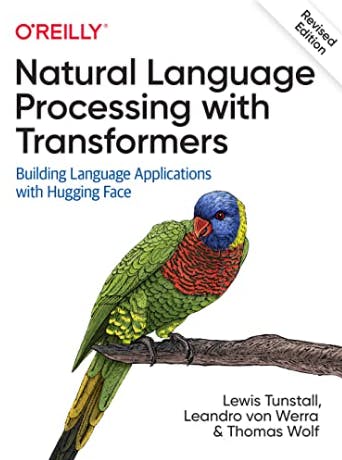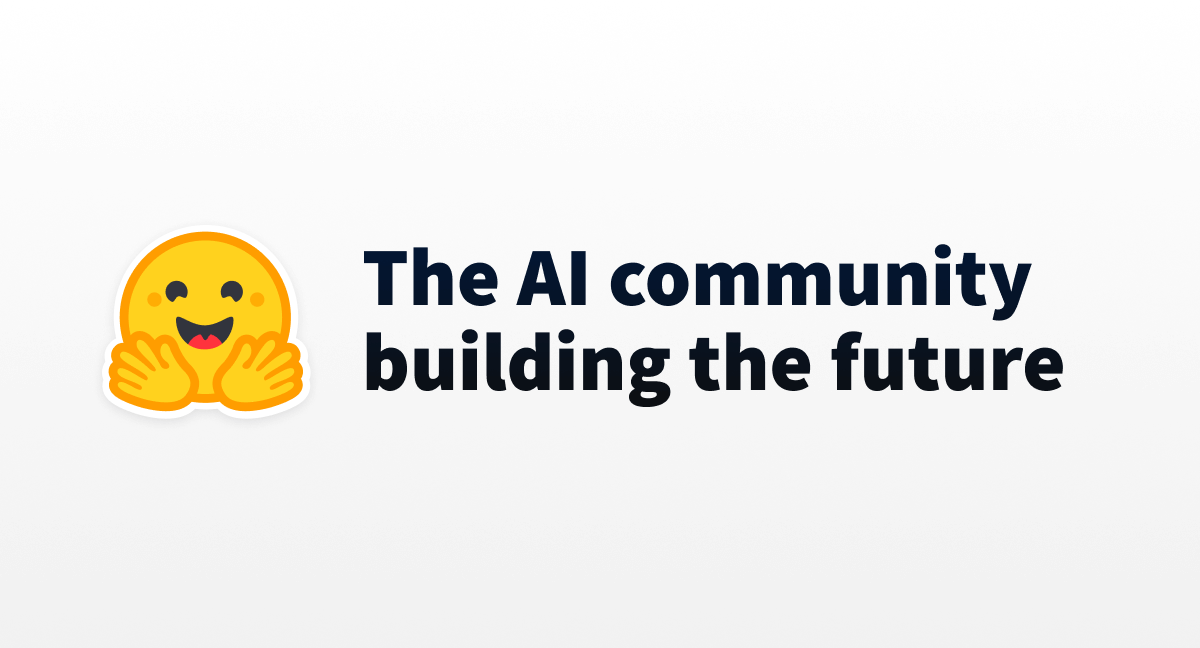Share
Explore
Hugging Face PLATFORM and a set of APIs that we can build our AI Product on top of
Learning Outcomes:
Lecture: Application Development with Hugging Face
Introduction
. 

The Story of Hugging Face API: Bringing AI to the Masses
1. Introduction to Hugging Face API
Introduction to Hugging Face
Hugging Face’s Role in NLP
Democratization of AI
State-of-the-Art Models
Extensive NLP Task Coverage
Open-Source Collaboration
User-Friendly API and Pipelines
A minimal viable product (MVP) that uses the Hugging Face API could be a sentiment analysis application. {Consider how you could use this for your Project.}
pip install transformers torch
from transformers import pipeline
def sentiment_analysis(sentence):
# Initialize the Hugging Face sentiment analysis pipeline
classifier = pipeline('sentiment-analysis')
# Use the pipeline to analyze the sentence
result = classifier(sentence)[0]
return result
# Test the function with a sentence
print(sentiment_analysis("I love learning about AI with Hugging Face!"))
Introduction to Hugging Face API
Core Components of Hugging Face API
Using Hugging Face API
Installation
pip install transformers
Importing the Pipeline
pythonCopy code
from transformers import pipeline
Using a Pre-trained Model
pythonCopy code
# Initialize a pipeline for sentiment analysis
classifier = pipeline('sentiment-analysis')
# Analyze the sentiment of a text
result = classifier('I love learning about AI with Hugging Face!')[0]
print(f"label: {result['label']}, with score: {result['score']:.4f}")
Full Python program to illustrate the steps:
# First, make sure to install the Hugging Face transformers library.
# You can uncomment the following line to do this directly in your Python script:
# !pip install transformers
# Import the necessary library
from transformers import pipeline
# Initialize a pipeline for sentiment analysis
classifier = pipeline('sentiment-analysis')
# Analyze the sentiment of a text
result = classifier('I love learning about AI with Hugging Face!')[0]
print(f"label: {result['label']}, with score: {result['score']:.4f}")
Named Entity Recognition
correct code:
Text Generation
# Initialize a pipeline for text generation
text_generator = pipeline('text-generation')
# Generate a text
result = text_generator('Once upon a time, there was a little girl named')[0]
print(result['generated_text'])
To use different models for text generation, you just need to specify the model name in the pipeline function.
Here are examples of text generation with three different models:
gpt2
EleutherAI/gpt-neo-1.3B
text-davinci-002.
Before running these examples, make sure you have the transformers library installed in your Python environment.
from transformers import pipeline
# Initialize a pipeline for text generation with GPT-2
text_generator_gpt2 = pipeline('text-generation', model='gpt2')
# Generate a text with GPT-2
result_gpt2 = text_generator_gpt2('Once upon a time, there was a little girl named')[0]
print("GPT-2: ", result_gpt2['generated_text'])
# Initialize a pipeline for text generation with GPT-Neo
text_generator_gpt_neo = pipeline('text-generation', model='EleutherAI/gpt-neo-1.3B')
# Generate a text with GPT-Neo
result_gpt_neo = text_generator_gpt_neo('Once upon a time, there was a little girl named')[0]
print("GPT-Neo: ", result_gpt_neo['generated_text'])
# Initialize a pipeline for text generation with text-davinci-002
text_generator_davinci = pipeline('text-generation', model='openai-gpt')
# Generate a text with text-davinci-002
result_davinci = text_generator_davinci('Once upon a time, there was a little girl named')[0]
print("Text-DaVinci-002: ", result_davinci['generated_text'])
from transformers import pipeline
# Define hyperparameters
max_length = 50
temperature = 0.7
num_return_sequences = 3
# Initialize a pipeline for text generation with GPT-2
text_generator_gpt2 = pipeline('text-generation', model='gpt2')
# Generate a text with GPT-2
result_gpt2 = text_generator_gpt2('Once upon a time, there was a little girl named', max_length=max_length, temperature=temperature, num_return_sequences=num_return_sequences)
for i, res in enumerate(result_gpt2):
print(f"GPT-2 text {i+1}: ", res['generated_text'])
# Initialize a pipeline for text generation with GPT-Neo
text_generator_gpt_neo = pipeline('text-generation', model='EleutherAI/gpt-neo-1.3B')
# Generate a text with GPT-Neo
result_gpt_neo = text_generator_gpt_neo('Once upon a time, there was a little girl named', max_length=max_length, temperature=temperature, num_return_sequences=num_return_sequences)
for i, res in enumerate(result_gpt_neo):
print(f"GPT-Neo text {i+1}: ", res['generated_text'])
# Initialize a pipeline for text generation with text-davinci-002
text_generator_davinci = pipeline('text-generation', model='openai-gpt')
# Generate a text with text-davinci-002
result_davinci = text_generator_davinci('Once upon a time, there was a little girl named', max_length=max_length, temperature=temperature, num_return_sequences=num_return_sequences)
for i, res in enumerate(result_davinci):
print(f"Text-DaVinci-002 text {i+1}: ", res['generated_text'])
Hugging Face's mission to democratize artificial intelligence has led to the development of a robust and user-friendly API that provides numerous benefits to the AI community. Here, we will explore the significant benefits that the Hugging Face API brings to the table:
1. Access to State-of-the-Art Pretrained Models
2. Simplified Workflow
3. Versatile NLP Task Coverage
4. Extensive Community Support and Resources
5. Scalability and Efficiency
6. Integration with Popular Machine Learning Frameworks
7. Continual Learning Opportunities
2. Getting Started with Hugging Face API
Next, you need to install the necessary libraries, namely transformers and torch. You can do this using pip:
bashCopy code
pip install transformers torch
2.3 Accessing the Hugging Face API
pythonCopy code
from transformers import pipeline
# Define a function to perform sentiment analysis
def analyze_sentiment(text):
# Initialize the Hugging Face sentiment analysis pipeline
classifier = pipeline('sentiment-analysis')
result = classifier(text)
return result
# Read text file
with open('your_file.txt', 'r') as file:
data = file.read().replace('\n', '')
# Analyze sentiment of the text file
sentiment_result = analyze_sentiment(data)
print(sentiment_result)
3. Understanding Key Concepts in Hugging Face API
4. Practical Applications of Hugging Face API
Want to print your doc?
This is not the way.
This is not the way.

Try clicking the ⋯ next to your doc name or using a keyboard shortcut (
CtrlP
) instead.
